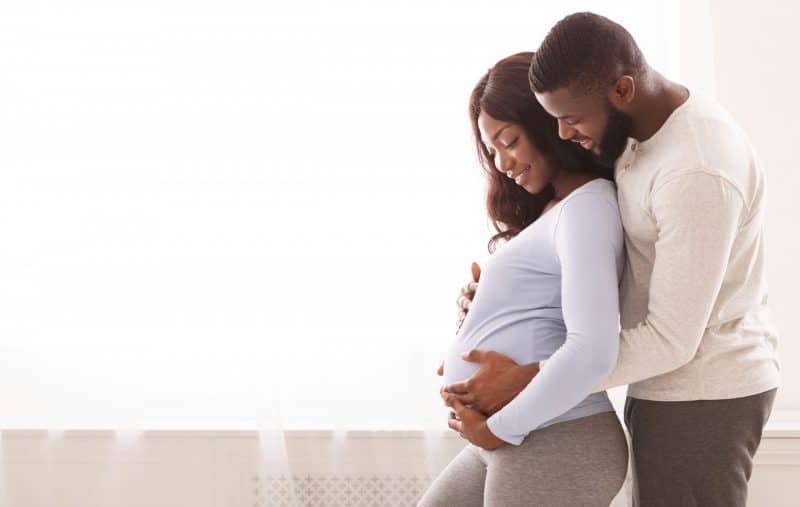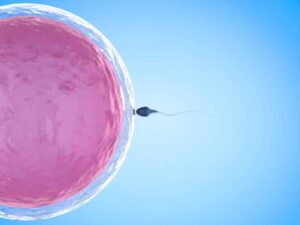The Building Blocks of ART
Since the first “test tube baby” conceived via IVF was born in 1978, more than 8 million babies have been born around the world from this form of assisted reproductive technology (ART).

About 1.9 percent of all babies born in the U.S. each year are conceived with IVF, IUI, or other forms of ART, according to the Centers for Disease Control and Prevention. These techniques make it possible for thousands of people to become parents who would not have been able to before modern fertility treatment became available.
Who Uses IUI or IVF
Heterosexual couples who have been unable to get pregnant naturally may try
IUI, depending on the age of the female partner, and then move on to IVF if IUI is not successful. Couples may go straight to
IVF if the female partner is over 35 and/or the male partner has male factor infertility. Same-sex female couples and single females who want to have a child often use IUI with donor sperm to have a child. If the female who wants to bear the child has problems conceiving with IUI or if one female partner wants to carry a pregnancy using eggs from the other female partner, IVF is an option.
What to Expect
Intrauterine insemination, known as IUI, puts the male partner’s or donor’s sperm into the female’s uterus around the time when the female is ovulating. An IUI cycle begins with a woman’s period. The reproductive endocrinologist will then monitor her with bloodwork and ultrasound to determine if an egg is maturing. The actual IUI occurs when the mature egg moves down the fallopian tubes. The physician will insert the sperm sample, which has been washed and prepared, into her uterus, so that fertilization may occur as it would naturally. IUI is relatively inexpensive, running from $300 – $1,000 per cycle plus the cost of donor sperm if that is used. The cost of medication used to stimulate the ovaries, such as Clomid, is additional.
In vitro fertilization or IVF involves stimulating the female’s ovaries to produce multiple eggs, extracting the eggs from her ovaries and combining them with sperm from the male partner or donor sperm in the lab to fertilize them. If the male partner’s sperm has issues with mobility or volume, ICSI may be used to inject a single sperm cell into an egg. An IVF cycle begins with preparing the female to produce multiple eggs in a single cycle, more than the one or, rarely, two her ovaries would normally release each month. She is treated with injectable
fertility medications which stimulate her ovaries to produce more eggs, help the eggs mature, and time and control ovulation. When the eggs are mature, they are extracted from her ovaries and mixed with the sperm sample from the male partner or the donor in the lab. The fertilized eggs are placed in incubators to grow. Any resulting embryos are either transferred to the female’s uterus or frozen for later use. If the transferred embryo implants, she will become pregnant. IVF costs from $12,000 to $20,000 per cycle, plus the cost of fertility medications, which can add $5,000 to $10,000 or more. Sometimes genetic testing of the embryos is needed to ensure a healthy embryo is transferred, which is an additional cost.
Emotional Aspects of IVF and IUI
Fertility treatment can be an emotional rollercoaster. The fertility medications can cause mood swings and some physical symptoms, usually mild ones. IUI is less successful than IVF for most people, but IVF may require two or more cycles to result in a live birth. Sometimes people can’t get pregnant even with multiple cycles. Failed cycles can cause feelings of disappointment or grief. The expense of IVF is a stress for most people since it often is not covered by health insurance. Infertility is emotionally stressful as well. Men may feel needing fertility treatment reflects on their masculinity or manhood, just as women may feel they are less of a woman because they need help getting pregnant.
 About 1.9 percent of all babies born in the U.S. each year are conceived with IVF, IUI, or other forms of ART, according to the Centers for Disease Control and Prevention. These techniques make it possible for thousands of people to become parents who would not have been able to before modern fertility treatment became available.
About 1.9 percent of all babies born in the U.S. each year are conceived with IVF, IUI, or other forms of ART, according to the Centers for Disease Control and Prevention. These techniques make it possible for thousands of people to become parents who would not have been able to before modern fertility treatment became available.



